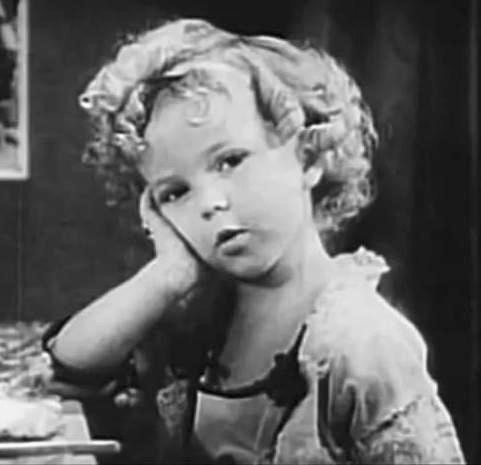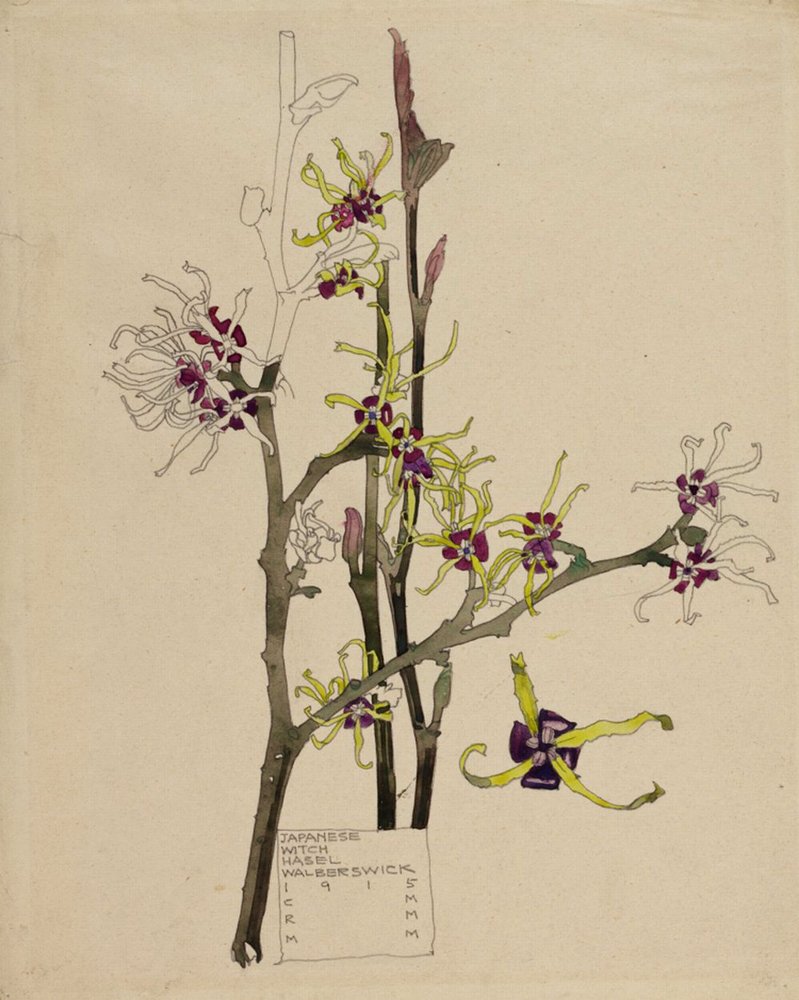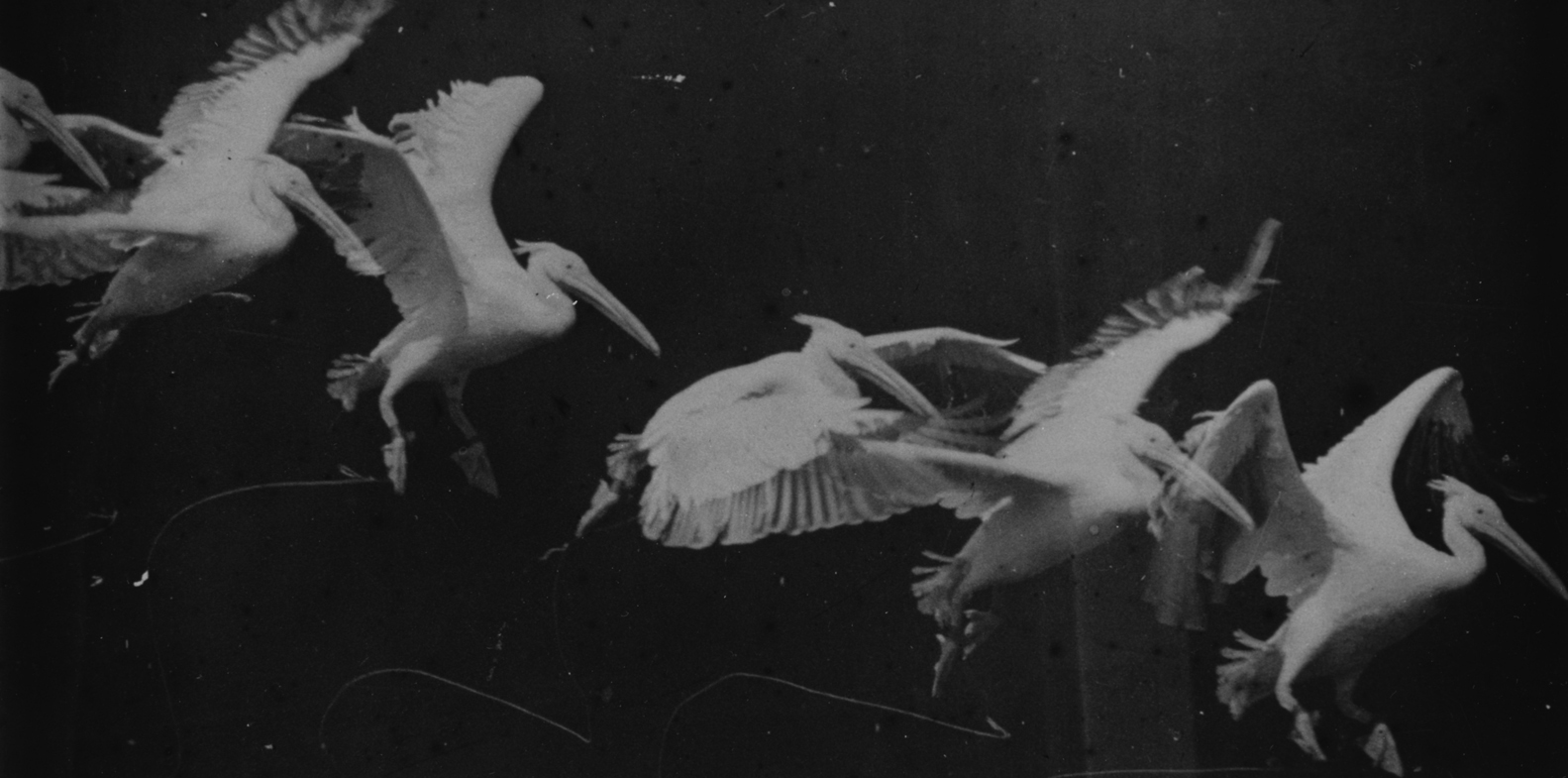|
The Blue Bird (play)
''The Blue Bird'' (french: L'Oiseau bleu) is a 1908 play by Belgian playwright and poet Maurice Maeterlinck. It premiered on 30 September 1908 at Konstantin Stanislavski's Moscow Art Theatre, and was presented on Broadway in 1910. The play has been adapted for several films and a TV series. The French composer Albert Wolff wrote an opera (first performed at the New York Metropolitan Opera in 1919) based on Maeterlinck's original play, and Maeterlinck's inamorata Georgette Leblanc produced a novelization. The story is about a girl called ''Mytyl'' and her brother ''Tyltyl'' seeking happiness, represented by ''The Blue Bird of Happiness'', aided by the good fairy ''Bérylune''. Maeterlinck also wrote a relatively little known sequel to ''The Blue Bird'' titled ''The Betrothal; or, The Blue Bird Chooses''. Story In the opening scene, the two children gleefully describe the beautiful decorations and rich desserts that they see in the house of a wealthy family nearby. When Bérylun ... [...More Info...] [...Related Items...] OR: [Wikipedia] [Google] [Baidu] |
Alisa Koonen
Alisa Georgievna Koonen (russian: Али́са Гео́ргиевна Ко́онен), also known as Alice Coonen ( – August 20, 1974), was a Russian and Soviet actress and the wife of the director Alexander Tairov. Biography Early life Koonen was born in Moscow in a family of Belgian origin. At age 16 she joined the Moscow Art Theatre and studied with Stanislavski. She first appeared on the stage in ''Woe from Wit'' in 1906. Career At 19 she had her first major role, Mytyl in '' The Blue Bird'' (1908); she also performed Masha in Leo Tolstoy’s ''The Living Corpse'' and Anitra in Ibsen’s ''Peer Gynt''. In 1913, Koonen moved to the Free Theatre of Konstantin Mardzhanov, which lasted only one season. There she met and married Tairov, and in 1914 they created the Chamber Theater, where she became a leading actress. She had a wide range, but became best known as a tragic actress; Mark Slonim called her "an unusually talented interpreter of tragic parts, endowed wi ... [...More Info...] [...Related Items...] OR: [Wikipedia] [Google] [Baidu] |
The Blue Bird (1940 Film)
''The Blue Bird'' is a 1940 American fantasy film directed by Walter Lang. The screenplay by Walter Bullock was adapted from the 1908 play of the same name by Maurice Maeterlinck. Intended as 20th Century Fox's answer to MGM's '' The Wizard of Oz'', which had been released the previous year, it was filmed in Technicolor and tells the story of a disagreeable young girl (played by Shirley Temple) and her search for happiness. Despite being a box office flop and losing money, the film was later nominated for two Academy Awards. It is available on both VHS and DVD. Plot The setting is Germany during the Napoleonic Wars. Mytyl, the bratty and ungrateful daughter of a wood cutter, finds a unique bird in the royal forest and selfishly refuses to give it to her sick friend Angela. Mother and Father are mortified at Mytyl's behavior. That evening, Father is called on to report for military duty the next morning. Mytyl is visited in a dream by a fairy named Berylune who sends her and her ... [...More Info...] [...Related Items...] OR: [Wikipedia] [Google] [Baidu] |
2008 Belgium 50 Euro Maurice Maeterlinck Front
8 (eight) is the natural number following 7 and preceding 9. In mathematics 8 is: * a composite number, its proper divisors being , , and . It is twice 4 or four times 2. * a power of two, being 2 (two cubed), and is the first number of the form , being an integer greater than 1. * the first number which is neither prime nor semiprime. * the base of the octal number system, which is mostly used with computers. In octal, one digit represents three bits. In modern computers, a byte is a grouping of eight bits, also called an octet. * a Fibonacci number, being plus . The next Fibonacci number is . 8 is the only positive Fibonacci number, aside from 1, that is a perfect cube. * the only nonzero perfect power that is one less than another perfect power, by Mihăilescu's Theorem. * the order of the smallest non-abelian group all of whose subgroups are normal. * the dimension of the octonions and is the highest possible dimension of a normed division algebra. * the first number ... [...More Info...] [...Related Items...] OR: [Wikipedia] [Google] [Baidu] |
Nelson Eddy
Nelson Ackerman Eddy (June 29, 1901 – March 6, 1967) was an American actor and baritone singer who appeared in 19 musical films during the 1930s and 1940s, as well as in opera and on the concert stage, radio, television, and in nightclubs. A classically trained baritone, he is best remembered for the eight films in which he costarred with soprano Jeanette MacDonald. He was one of the first "crossover" stars, a superstar appealing both to shrieking bobby soxers and opera purists, and in his heyday, he was the highest paid singer in the world. During his 40-year career, he earned three stars on the Hollywood Walk of Fame (one each for film, recording, and radio), left his footprints in the wet concrete at Grauman's Chinese Theater, earned three gold records, and was invited to sing at the third inauguration of U.S. President Franklin D. Roosevelt in 1941. He also introduced millions of young Americans to classical music and inspired many of them to pursue a musical caree ... [...More Info...] [...Related Items...] OR: [Wikipedia] [Google] [Baidu] |
Shirley Temple
Shirley Temple Black (born Shirley Jane Temple;While Temple occasionally used "Jane" as a middle name, her birth certificate reads "Shirley Temple". Her birth certificate was altered to prolong her babyhood shortly after she signed with Fox in 1934; her birth year was advanced from 1928 to 1929. Even her baby book was revised to support the 1929 date. She confirmed her true age when she was 21 (Burdick 5; Edwards 23''n'', 43''n''). April 23, 1928 – February 10, 2014) was an American actress, singer, dancer, and diplomat who was Hollywood's number one box-office draw as a child actress from 1934 to 1938. Later, she was named United States ambassador to Ghana and Czechoslovakia, and also served as Chief of Protocol of the United States. Temple began her film career at the age of three in 1931. Two years later, she achieved international fame in '' Bright Eyes'', a feature film produced specially for her talents. She received a special Juvenile Academy Award in February 193 ... [...More Info...] [...Related Items...] OR: [Wikipedia] [Google] [Baidu] |
The Screen Guild Theater
''The Screen Guild Theater'' is a radio anthology series broadcast from 1939 until 1952 during the Golden Age of Radio. Leading Hollywood stars performed adaptations of popular motion pictures. Originating on CBS Radio, it aired under several different titles including ''The Gulf Screen Guild Show'', ''The Gulf Screen Guild Theater'', ''The Lady Esther Screen Guild Theater'' and ''The Camel Screen Guild Players''. Fees that would ordinarily have been paid to the stars and studios were instead donated to the Motion Picture Relief Fund, and were used for the construction and maintenance of the Motion Picture Country House. Production ''The Screen Guild Theater'' had a long run beginning January 8, 1939, lasting for 14 seasons and 527 episodes. Actors on the series included Ethel Barrymore, Lionel Barrymore, Ingrid Bergman, Humphrey Bogart, Eddie Cantor, Gary Cooper, Bing Crosby, Bette Davis, Jimmy Durante, Nelson Eddy, Douglas Fairbanks Jr., Clark Gable, Judy Garland, Gene Kell ... [...More Info...] [...Related Items...] OR: [Wikipedia] [Google] [Baidu] |
Margaret Macdonald Mackintosh
Margaret Macdonald Mackintosh (5 November 1864 – 7 January 1933) was an English-born artist who worked in Scotland, and whose design work became one of the defining features of the Glasgow Style during the 1890s - 1900s. Biography Born Margaret Macdonald, at Tipton, Staffordshire between Birmingham and Wolverhampton, her father was a colliery manager and engineer. Margaret and her younger sister Frances both attended the Orme Girls' School, Newcastle-under-Lyme, Staffordshire; their names are recorded in the school register. In the 1881 census Margaret, aged 16, was a visitor at someone else's house on census night and was listed as a scholar. By 1890 the family had settled in Glasgow and Margaret and her sister, Frances Macdonald, enrolled as day students at the Glasgow School of Art studying courses in design. There, she worked with a variety of media, including metalwork, embroidery, and textiles. She began collaborating with her sister Frances, and in 1896 the pair worked ... [...More Info...] [...Related Items...] OR: [Wikipedia] [Google] [Baidu] |
Linda Dalrymple Henderson
Linda Dalrymple Henderson (born 1948) is a historian of art whose research involves the connections between modern art, science and technology, and the occult. She is the David Bruton, Jr. Centennial Professor in Art History at the University of Texas at Austin. Education and career Henderson entered Dickinson College planning to study mathematics, but graduated in 1969 with a major in art history. She earned a Ph.D. from Yale University in 1975. From 1974 to 1977 she was Curator of Modern Art at the Museum of Fine Arts, Houston; she joined the faculty at the University of Texas at Austin in 1978. In 1999 the university gave her their Robert W. Hamilton Book Award for her book on Marcel Duchamp Henri-Robert-Marcel Duchamp (, , ; 28 July 1887 – 2 October 1968) was a French painter, sculptor, chess player, and writer whose work is associated with Cubism, Dada, and conceptual art. Duchamp is commonly regarded, along with Pablo Picasso .... Books Author *''The Fourth Dimension ... [...More Info...] [...Related Items...] OR: [Wikipedia] [Google] [Baidu] |
Jean Metzinger
Jean Dominique Antony Metzinger (; 24 June 1883 – 3 November 1956) was a major 20th-century French painter, theorist, writer, critic and poet, who along with Albert Gleizes wrote the first theoretical work on Cubism. His earliest works, from 1900 to 1904, were influenced by the neo-Impressionism of Georges Seurat and Henri-Edmond Cross. Between 1904 and 1907 Metzinger worked in the Divisionist and Fauvist styles with a strong Paul Cézanne, Cézannian component, leading to some of the first Proto-Cubism, proto-Cubist works. From 1908 Metzinger experimented with the faceting of form, a style that would soon become known as Cubism. His early involvement in Cubism saw him both as an influential artist and an important theorist of the movement. The idea of moving around an object in order to see it from different view-points is treated, for the first time, in Metzinger's ''Note sur la Peinture'', published in 1910.Jean Metzinger, October–November 1910, "Note sur la peinture" Pan: ... [...More Info...] [...Related Items...] OR: [Wikipedia] [Google] [Baidu] |
L'Oiseau Bleu (Metzinger)
''L'Oiseau bleu'' (also known as ''The Blue Bird'' and ''Der Blaue Vogel'') is a large oil painting created in 1912–1913 by the French artist and theorist Jean Metzinger (1883–1956); considered by Guillaume Apollinaire and André Salmon as a founder of Cubism, along with Georges Braque and Pablo Picasso. ''L'Oiseau bleu'', one of Metzinger's most recognizable and frequently referenced works, was first exhibited in Paris at the Société des Artistes Indépendants, Salon des Indépendants in the spring of 1913 (cat. no. 2087), several months after the publication of the first (and only) Cubist manifesto, ''Du "Cubisme"'', written by Jean Metzinger and Albert Gleizes (1912). It was subsequently exhibited at the 1913 Erster Deutscher Herbstsalon in Berlin (titled ''Der blaue Vogel'', cat. no. 287).Herwa ... [...More Info...] [...Related Items...] OR: [Wikipedia] [Google] [Baidu] |
The Mysterious Garden (1911) By Margaret Macdonald Mackintosh
''The'' () is a grammatical article in English, denoting persons or things that are already or about to be mentioned, under discussion, implied or otherwise presumed familiar to listeners, readers, or speakers. It is the definite article in English. ''The'' is the most frequently used word in the English language; studies and analyses of texts have found it to account for seven percent of all printed English-language words. It is derived from gendered articles in Old English which combined in Middle English and now has a single form used with nouns of any gender. The word can be used with both singular and plural nouns, and with a noun that starts with any letter. This is different from many other languages, which have different forms of the definite article for different genders or numbers. Pronunciation In most dialects, "the" is pronounced as (with the voiced dental fricative followed by a schwa) when followed by a consonant sound, and as (homophone of the archaic pron ... [...More Info...] [...Related Items...] OR: [Wikipedia] [Google] [Baidu] |
_(14596199657).jpg)
.jpg)





.png)